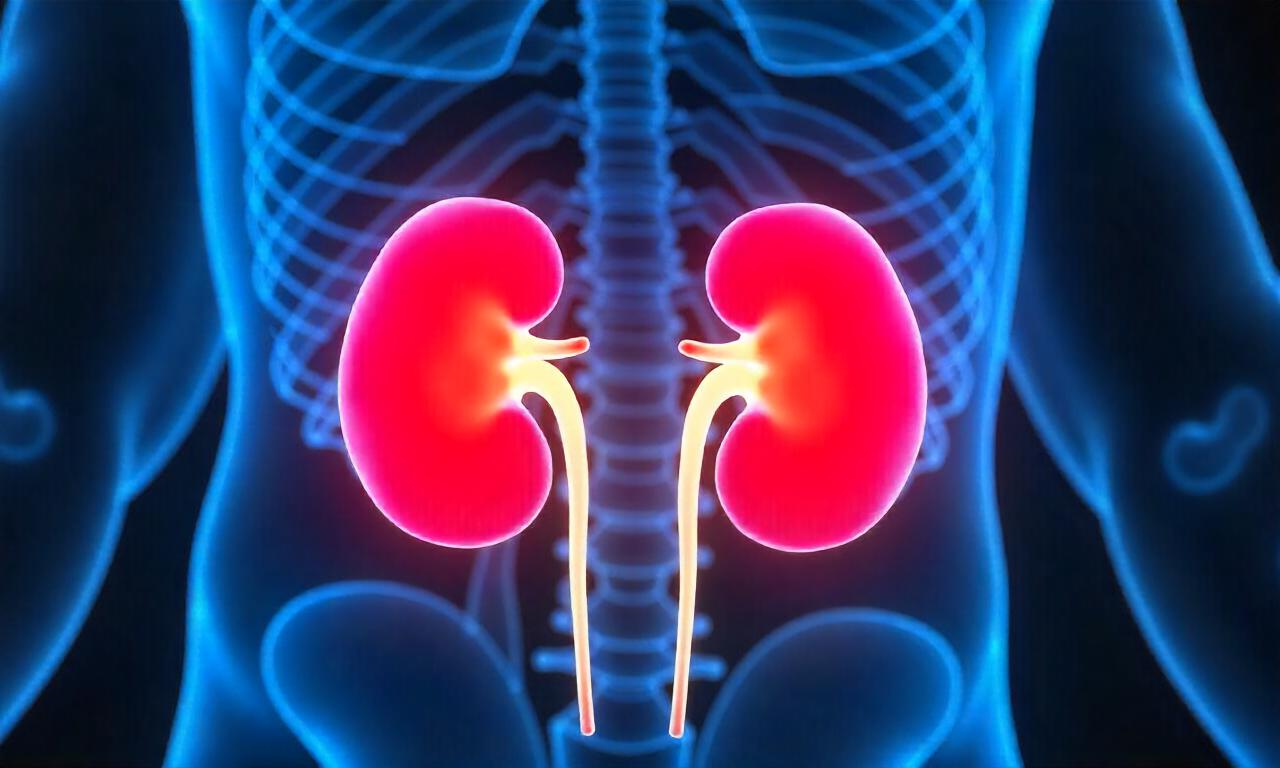Did you know that many strokes can be prevented with simple, everyday choices? Strokes are often linked to factors like high blood pressure, but the good news is we have the power to take control of our health. By making small, consistent changes, we can significantly lower our risk.
National campaigns like “Start Small. Live Big.” and “Live to the Beat” remind us that even minor adjustments can lead to big improvements. Monitoring key health metrics, such as blood pressure, is a crucial first step. Together, we can create healthier habits and protect our well-being.
In this guide, we’ll explore practical strategies to understand stroke, make lifestyle changes, and improve our diet. Let’s take this journey together and build a healthier future.
Table of Contents
ToggleUnderstanding Stroke and Its Risk Factors
Strokes are a leading cause of disability, but understanding them can help us take preventive steps. A stroke occurs when blood flow to part of the brain is interrupted, leading to tissue damage. This interruption can happen due to a blockage or a burst blood vessel. Recognizing the signs early is crucial for minimizing long-term effects.
What Is a Stroke?
When blood flow to the brain is compromised, brain cells begin to die within minutes. This can result in loss of speech, movement, or memory, depending on the affected area. Strokes are medical emergencies, and quick action can save lives and reduce disability.
Identifying Common Risk Factors
Many factors increase stroke risk, and some are within our control. High blood pressure is the most significant contributor, as it damages blood vessels over time. Smoking, obesity, and a poor diet also play major roles. Other factors include high cholesterol, diabetes, and physical inactivity.
Age and gender also influence stroke risk. Women are more likely to experience strokes, especially during pregnancy or menopause. Men, however, tend to have strokes at a younger age. Underlying health conditions like atrial fibrillation can further elevate risk.
| Risk Factor | Impact |
|---|---|
| High Blood Pressure | Damages blood vessels, increasing stroke risk. |
| Smoking | Narrows arteries and raises blood pressure. |
| Obesity | Linked to high cholesterol and diabetes. |
| Poor Diet | High salt and fat intake contribute to heart issues. |
By understanding these risk factors, we can take steps to protect our health. Small changes, like eating healthier and staying active, can make a big difference. Let’s work together to lower our stroke risk and improve our well-being.
Effective Lifestyle Changes for Stroke Prevention
Taking control of our daily habits can make a big difference in our long-term health. By focusing on small, manageable adjustments, we can significantly lower our stroke risk and improve overall well-being. Let’s explore three key areas where we can make impactful changes.

Increasing Physical Activity
Regular exercise is one of the most effective ways to protect our health. Experts recommend at least 2 hours and 30 minutes of moderate aerobic activity each week. Activities like brisk walking, swimming, or cycling can strengthen our heart and improve blood flow to the brain.
Physical activity also helps manage weight, lower cholesterol, and reduce stress. Even small steps, like taking the stairs or walking during lunch breaks, can add up over time. Let’s make movement a part of our daily routine for a healthier future.
Quitting Smoking and Managing Alcohol Intake
Smoking is a major risk factor for stroke, as it damages blood vessels and raises blood pressure. Quitting, even gradually, can significantly improve our health. Support from a doctor or cessation programs can make the process easier and more effective.
Managing alcohol intake is equally important. Excessive drinking can lead to high blood pressure and other health issues. For men, limiting drinks to two per day and for women, one per day, is a good guideline. Small changes here can have a big impact on our overall health.
| Lifestyle Change | Benefits |
|---|---|
| Regular Exercise | Improves heart health and blood flow to the brain. |
| Quitting Smoking | Reduces blood vessel damage and lowers blood pressure. |
| Moderate Alcohol | Helps control blood pressure and reduces stroke risk. |
By focusing on these lifestyle changes, we can take meaningful steps toward better health. Working with a doctor to create a personalized plan ensures these changes fit seamlessly into our daily lives. Let’s start small and build habits that last a lifetime.
How to Reduce Your Risk of Stroke with Proven Strategies
Proven strategies can help us take control of our health and prevent serious conditions. By focusing on key areas like monitoring vital metrics and making sustainable changes, we can significantly improve our well-being. Let’s explore actionable steps to stay healthy and proactive.
Monitoring Blood Pressure and Cholesterol
Keeping track of blood pressure and cholesterol levels is essential. High readings can damage blood vessels over time, increasing stroke risk. Regular monitoring helps us stay informed and take timely action.
Here are some tips:
- Check blood pressure at least once a month.
- Schedule annual cholesterol tests with your doctor.
- Follow prescribed medications to keep levels in control.
Embracing Small, Sustainable Health Changes
Small steps can lead to big results. Reducing sugar intake, quitting smoking, and staying active are powerful ways to protect our health. These changes don’t have to be drastic—consistency is key.
Experts like Dr. Cheryl Bushnell recommend:
- Swap sugary drinks for water or herbal tea.
- Take a 10-minute walk daily to stay active.
- Seek support to quit smoking for good.
Scheduling Regular Health Check-Ups
Regular check-ups ensure we stay on top of our health. These visits help detect issues early and allow for adjustments to our routines. Working closely with healthcare providers ensures personalized care.
Key steps include:
- Book annual physical exams.
- Discuss any concerns or symptoms with your doctor.
- Track progress and celebrate small victories.
By focusing on these strategies, we can take meaningful steps toward better health. Every small step contributes to long-term prevention and well-being. Let’s work together to build healthier habits and protect our future.
A Healthy Diet to Prevent Stroke
Eating the right foods can be a game-changer for our health. A balanced diet rich in nutrients helps protect our blood vessels and lowers cholesterol. These changes can significantly reduce stroke risk and improve overall well-being.

Incorporating Fresh Fruits and Vegetables
Fresh fruits and vegetables are essential for a healthy diet. They provide vitamins, minerals, and antioxidants that support brain health. Adding more greens, berries, and citrus fruits to our meals can help lower blood pressure and protect our blood vessels.
Here are some easy ways to include them:
- Add spinach or kale to smoothies.
- Snack on carrot sticks or apple slices.
- Include a side salad with every meal.
The Benefits of the Mediterranean Diet
The Mediterranean diet is a proven way to improve heart health and prevent stroke. It focuses on whole grains, lean proteins, and healthy fats like olive oil. This diet also includes plenty of fish, nuts, and fresh produce.
Key components of the Mediterranean diet:
| Food Group | Benefits |
|---|---|
| Whole Grains | Improve digestion and lower cholesterol. |
| Lean Proteins | Support muscle health and reduce artery damage. |
| Healthy Fats | Protect blood vessels and reduce inflammation. |
Small changes in our diet can lead to big improvements in our health. By focusing on nutrient-dense foods and limiting salt and saturated fats, we can protect our heart and brain. Let’s make healthier choices today for a better tomorrow.
Managing Health Conditions for Long-Term Stroke Prevention
Managing chronic health conditions is a vital step in protecting our long-term well-being. Conditions like high blood pressure, diabetes, and atrial fibrillation can significantly increase stroke risk. By staying proactive, we can reduce the frequency and severity of these events.
Collaborating with our healthcare team ensures we stay on track. Regular monitoring and adjustments to our treatment plans are essential. Let’s explore how we can take control of our health every day.
Working Closely with Your Healthcare Team
Effective management of chronic conditions requires teamwork. Our doctors provide valuable insights and personalized care. Regular visits allow us to discuss symptoms, adjust medications, and track progress.
Here are some strategies to enhance collaboration:
- Schedule annual check-ups to monitor overall health.
- Share updates on symptoms or side effects during visits.
- Ask questions to better understand treatment options.
Tracking Vital Health Metrics
Monitoring key health metrics helps us stay informed and proactive. Blood pressure, blood sugar, and weight are critical indicators of our well-being. Tools like BMI calculators and health apps make tracking easier.
Here’s a quick guide to essential metrics:
| Metric | Importance |
|---|---|
| Blood Pressure | High levels can damage blood vessels over time. |
| Blood Sugar | Uncontrolled levels increase diabetes complications. |
| Weight | Excess weight raises cholesterol and stroke risk. |
Conditions like atrial fibrillation and diabetes can be managed with medication, exercise, and lifestyle changes. Regular physical activity, such as walking or swimming, improves heart health and reduces stroke risk. Small daily steps, like tracking metrics and staying active, make a big difference.
Personal accountability is key. Using health logs or apps helps us stay consistent. Let’s view health management as a continuous process, where every day offers an opportunity to make positive changes. Together, we can protect our future and live healthier lives.
Conclusion
Taking small steps today can lead to a healthier tomorrow. By focusing on lifestyle changes, like maintaining a healthy diet and staying active, we can protect our body and lower blood pressure. These efforts are key to stroke prevention and overall well-being.
Regular check-ups and managing conditions like fibrillation are equally important. Working with healthcare professionals ensures we stay on track and make informed decisions. Every choice we make contributes to our long-term health.
Let’s embrace this journey together. By setting realistic goals and celebrating progress, we can build habits that last a lifetime. Prevention is within our control, and every step we take brings us closer to a healthier future.
FAQ
What is a stroke, and why is it dangerous?
A stroke occurs when blood flow to the brain is interrupted, either by a blockage or a burst blood vessel. This can damage brain cells and lead to long-term disability or even death. Immediate medical attention is crucial to minimize its impact.
What are the most common risk factors for stroke?
Key risk factors include high blood pressure, smoking, diabetes, obesity, atrial fibrillation, and high cholesterol. Age, family history, and lifestyle choices like poor diet and lack of exercise also play a significant role.
How can physical activity help prevent stroke?
Regular exercise strengthens the heart, improves circulation, and helps maintain a healthy weight. Aim for at least 30 minutes of moderate activity, like brisk walking, most days of the week to lower your chances of stroke.
Why is quitting smoking important for stroke prevention?
Smoking damages blood vessels, raises blood pressure, and increases the risk of clots. Quitting smoking significantly reduces these risks and improves overall heart and brain health.
How does monitoring blood pressure and cholesterol help?
High blood pressure and cholesterol are major contributors to stroke. Keeping these levels in check through diet, exercise, and medication, if needed, can greatly reduce your risk.
What role does diet play in stroke prevention?
A diet rich in fresh fruits, vegetables, whole grains, and lean proteins supports heart health. The Mediterranean diet, in particular, is known for its stroke-preventing benefits due to its focus on healthy fats and nutrient-dense foods.
Why are regular health check-ups important?
Routine check-ups help detect and manage conditions like high blood pressure, diabetes, and atrial fibrillation early. Early intervention can prevent these issues from escalating into stroke risks.
How can I work with my healthcare team to prevent stroke?
Your doctor can provide personalized advice on managing risk factors, recommend screenings, and suggest lifestyle changes. Staying proactive and informed is key to long-term prevention.
What are some small, sustainable changes I can make?
Start with simple steps like reducing salt intake, adding more vegetables to meals, taking short walks daily, and limiting alcohol. Small, consistent changes can have a big impact over time.













